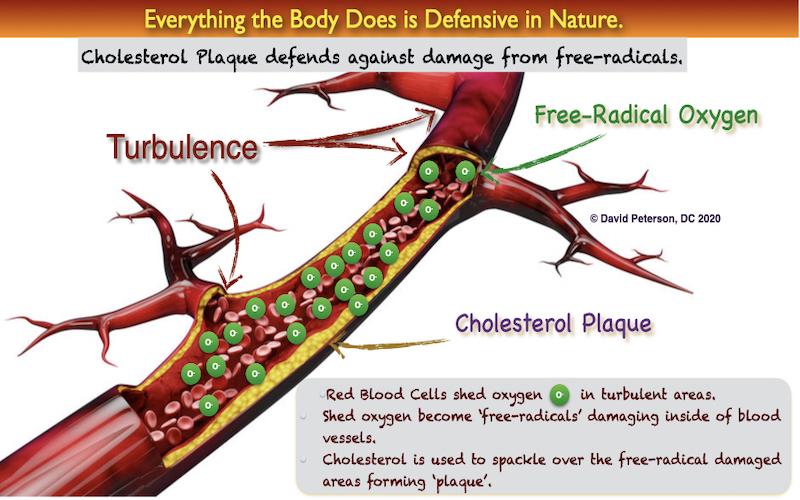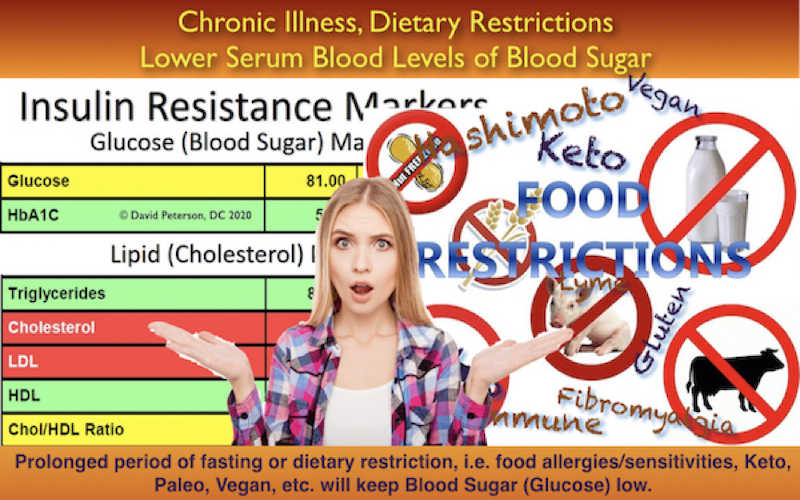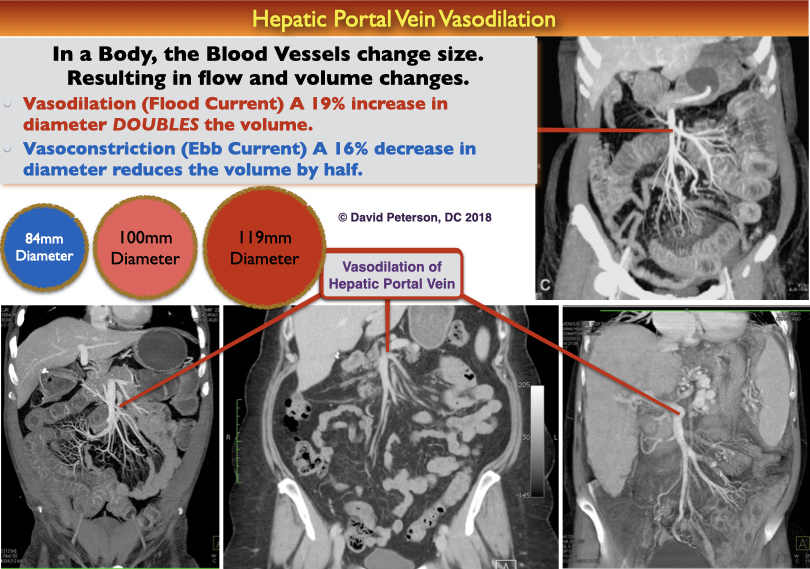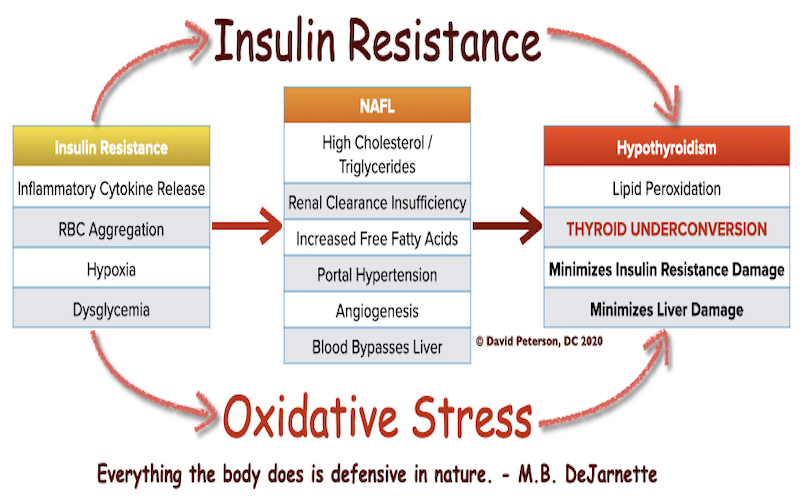Uncover the truth about fatty liver – a condition characterized by excessive fat buildup in the liver cells. Explore the causes, symptoms, and potential complications of this prevalent liver disorder. Gain insights into diagnosis, treatment options, and lifestyle modifications to safeguard your liver health. Empower yourself with knowledge to combat fatty liver effectively.
Imagine your liver as a hardworking factory in your body that processes various substances to keep you healthy. One of its important tasks is to regulate fat metabolism, making sure that the right amount of fat is stored and used for energy.
Now, let’s talk about insulin resistance. Insulin is like a key that unlocks the doors of your cells, allowing glucose (sugar) to enter and be used for energy. When you have insulin resistance, your cells don’t respond properly to insulin, so glucose stays in your bloodstream instead of entering cells. This can lead to high levels of glucose and insulin in your blood.

When your body has high levels of insulin, it can trigger the production of more cholesterol and triglycerides (types of fat) in your liver. This is because insulin helps in the synthesis of fats and also suppresses the breakdown of fats. So, with insulin resistance, there’s more fat being made and less being broken down.

Now, let’s talk about oxidative stress. Think of oxidative stress as the rusting process that happens when metal is exposed to oxygen. Similarly, in your body, oxidative stress occurs when there’s an imbalance between free radicals (molecules with unpaired electrons) and antioxidants (molecules that neutralize free radicals). High levels of cholesterol and triglycerides can increase oxidative stress, causing damage to cells and tissues, including your liver.

As a result of this chain of events, your liver starts accumulating more fat than it can handle. This excess fat can lead to a condition called fatty liver disease. Over time, fatty liver disease can progress, leading to inflammation and scarring of the liver, a condition known as liver fibrosis.
Now, let’s talk about portal hypertension. As fatty liver disease progresses, it can cause increased pressure in the portal vein, which is the main blood vessel that carries blood from the intestines to the liver. This condition, known as portal hypertension, can lead to complications such as varices (enlarged veins in the esophagus or stomach) and ascites (fluid buildup in the abdomen).

Finally, let’s touch on thyroid underconversion and low thyroid function. Thyroid hormones play a crucial role in regulating metabolism, including fat metabolism. When there’s thyroid underconversion or low thyroid function, your body’s metabolism slows down, making it harder to burn fat and leading to further accumulation of fat in the liver.
Summary
In summary, fatty liver disease can result from a complex interplay of factors, including insulin resistance, high cholesterol/lipids, oxidative stress, portal hypertension, thyroid underconversion, and low thyroid function. It’s important to address these underlying issues to prevent and manage fatty liver disease effectively. This may involve lifestyle changes such as adopting a healthy diet and exercising regularly, as well as working with healthcare professionals to monitor and manage any underlying conditions.
Fatty Liver Conditions
- What Is Fatty Liver?
- Best Fatty Liver Support
- Best Lab Tests for Fatty Liver
- Portal Hypertension
- Non-Alcholic Fatty Liver
- Insulin Resistance | PreDiabetes
Related Keywords:
- Non-alcoholic fatty liver disease (NAFLD)
- Fatty liver symptoms
- Fatty liver treatment
- Fatty liver diet
- Liver health
- Liver cirrhosis
Top Competitor Sites with URLs:
- Mayo Clinic – https://www.mayoclinic.org/diseases-conditions/nonalcoholic-fatty-liver-disease/
- WebMD – https://www.webmd.com/hepatitis/fatty-liver-disease
- Cleveland Clinic – https://my.clevelandclinic.org/health/diseases/15823-fatty-liver-disease-non-alcoholic
Suggested Sites for Outreach and Backlinks:
- National Institute of Diabetes and Digestive and Kidney Diseases (NIDDK) – https://www.niddk.nih.gov/
- American Liver Foundation – https://liverfoundation.org/
- American Association for the Study of Liver Diseases (AASLD) – https://www.aasld.org/
